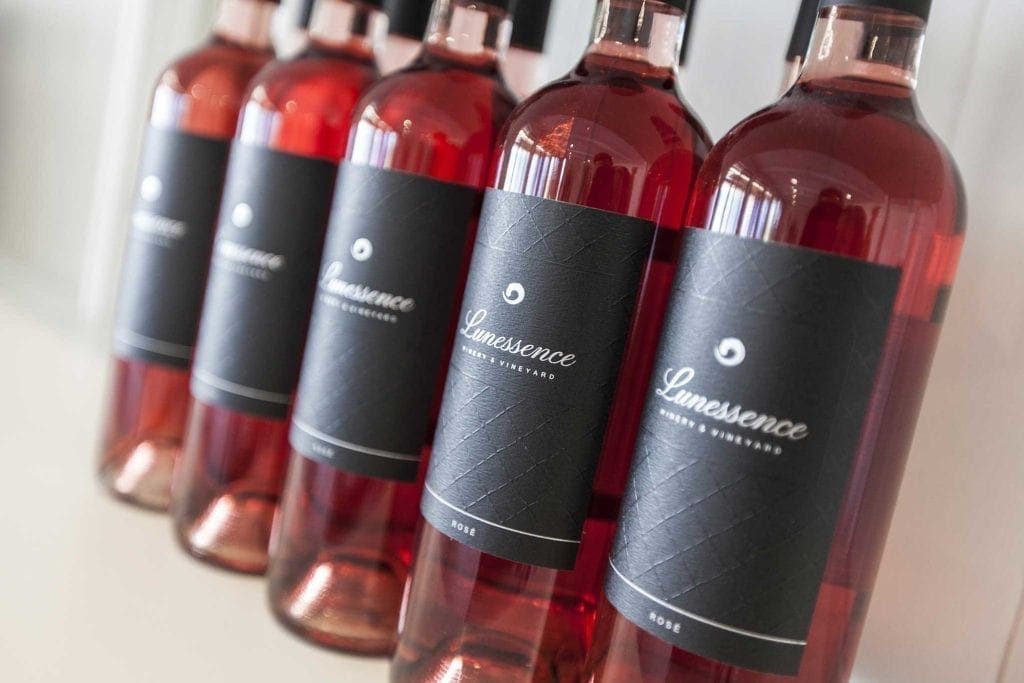Updated Jan 6, 2017, with commentary from Ann Sperling on BD, Organic and Natural wines in the Canadian Market.
Nothing like finding an hour on the last day of the year to think about the new Wine Trends for 2017. The Winerist did a great job with the following three projections. I have highlighted below the ones that apply to the BC Wine Market.
The Top Wine Trends Expected in 2017
The wine world is a constantly growing industry. Each year the statics change and more wine is consumed. The markets are carefully watching the millennial generation. Wine slushies have become a big hit. Organic, biodynamic and natural wines are wanted. Doesn’t reading all that make you want to grab a glass? Here are the top trends you should expect to see next year.
1. Generational Growth
The Millennials generation out-drank the Baby Boomer’s generation in 2016 from a long-awaited prediction. Now that the entire generation is of age to drink, about 28% of millennials drink wine on a daily basis. That means the markets will target millennials and the wine they drink.
So what wines should you expect on the shelves in 2017? Millennials won’t take the time to read how long the wine has aged. However, they will grab a bottle off the shelf if it has a graphic logo or catchy name. About 51% of millennial women said that they would prefer sustainably bottled, or organic wines. Does this mean that next year will aim to save the earth one wine bottle at a time?
2. Wine Slushies
For the summer of 2016, wine slushies were the perfect recipe to pin on your “Wine & Dine” board on Pinterest. All it takes is blending wine, fruit, and ice into a refreshing frozen drink. If you didn’t catch this new fad over the summer, don’t worry. Wine Slushies have been around for a while, but they recently caught the attention of consumers of the “DIY” world.
The recipes to try at home will soon become available at your convenience. You can find them at a few restaurants already, but by 2017, they will most likely be on the menus at local restaurants and bars all over the country. Can you imagine having a wine slushy with your favourite meal while you’re out? Yum!
3. Biodynamic Bottles
Remember how women of the millennial age drink more sustainable, organic wines? Well biodynamic, organic and minimal intervention wines are up and coming. This type of wine goes by the new terminology of “natural” wines. There are no requirements for wine to be “natural” and the process is much easier than certified organic wines. However, the wine is made from organic or biodynamic grapes.
The process behind making biodynamic and natural wine follow the concept of “let the wine make itself”. Biodynamic wines are made from a holistic point of view, where the process is natural and leaves the earth the way it was before. Grapes are grown with care all the way down to the soil. Natural wines are made with similar ingredients to biodynamic wines but don’t require the holistic process of how the grapes are grown. Either way, the “natural” wines are made, they are becoming a popular choice on the shelf. Who wouldn’t want to support sustainability?
“As Canada’s leading biodynamic and natural winemaker, I’d like to suggest that you edit your newsletter regarding BD, Organic and Natural wines. Certification for organic and biodynamic is rigorous and the process, as well as the steps to certification, require serious dedication to the land and to one’s craft. While no body is currently certifying natural wines in Canada, the AOC and other groups are trying to quantify the Natural wine category. What’s important here is that not only are the wines made with BD, organic or at minimum sustainable grapes (i.e. no synthetic pesticides leaving residues on the land or in the wine) but they are made without additives in the winemaking process, including no or low sulphite levels. Minimal intervention has been around for a long time, however, seriously dedicated natural winemakers use excellent vineyards and balanced, low yields to manage the outcome of their wines rather than relying on crutches from a bag or two, or three of additives. Another important point is that the BC VQA now recognizes “skin-fermented white wines”, also known as “Orange” or “Amber” wines and many of these are made as natural wines. This category brings a whole new dimension to wine enjoyment since these wines are amazingly delicious with many foods, and brings out a herbal element that “Parkerized” wines have been avoiding for decades.
A wine that demonstrates all these wonderful traits is the Sperling Vineyards Amber Pinot Gris 2015. This wine was awarded a gold medal at the Wine Align awards in the Pinot Gris category (i.e. along with all the juice-only made pinot gris…the largest volume white wine made in BC). These grapes were hand-harvested, fermented in small lots – 40% whole clusters and the remainder of the vat filled with stemmed & crushed grapes. Wild yeast and malolactic fermented this wine to complete dryness in 4 weeks. The wine was pressed and settled and after ageing was bottled with its lees. Nothing was added nor taken away.“
Ann Sperling
For the BC Market, I would add that several 2016 trends should continue to be strong next year, for example, the growth categories for BC Wine will continue to be Sparkling and Rosé.
Please leave your thoughts on the Hot Wine Trends for 2017 in the comment section below.
Our Best Wishes to you for a Healthy and Happy 2017.

